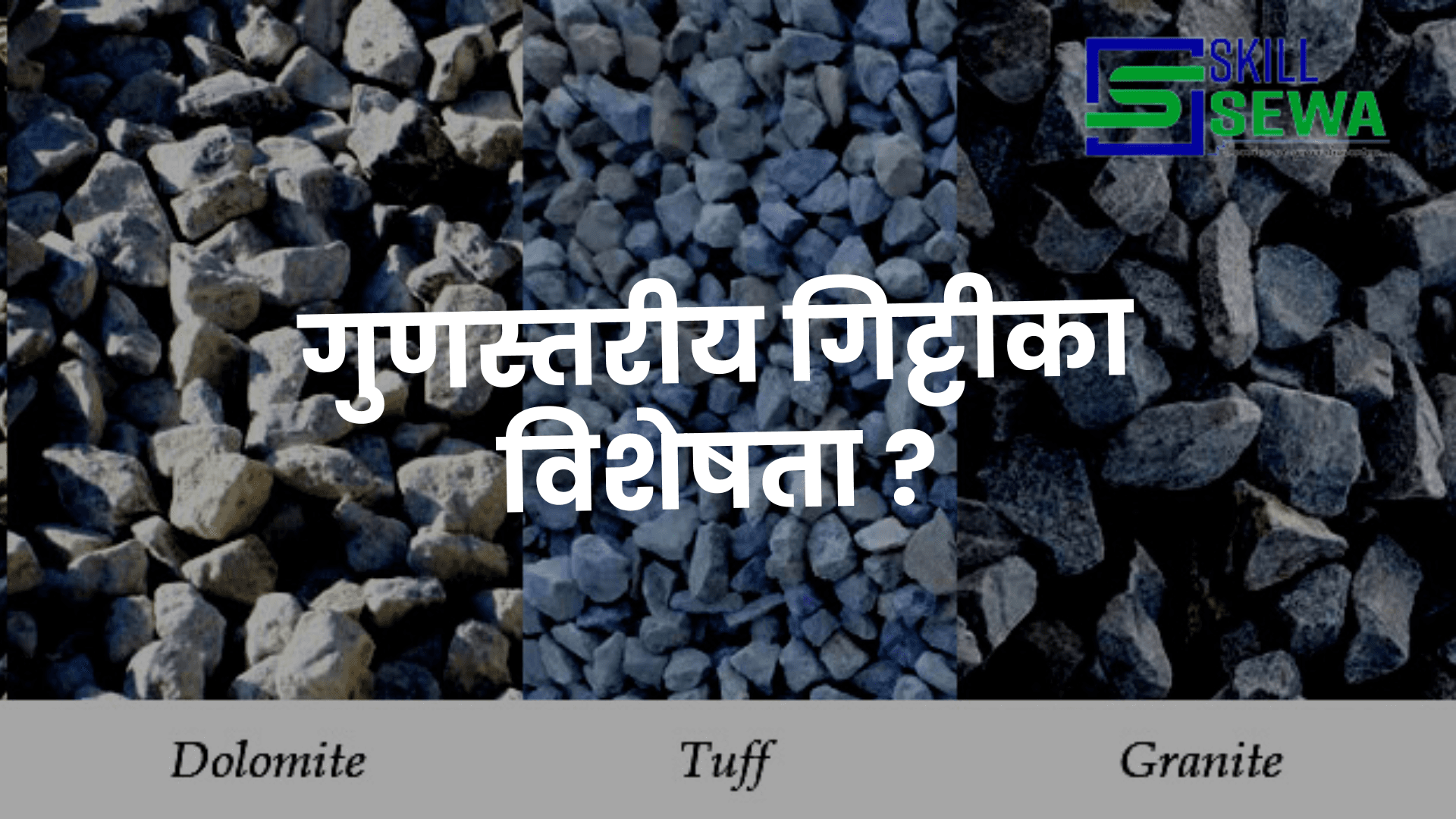Some of the important characteristics of aggregates

Aggregates are a fundamental component of construction materials used in various civil engineering applications. They play a vital role in determining the properties and performance of concrete, asphalt, and other construction materials. Understanding the characteristics of aggregates is essential for engineers and builders to ensure the quality and durability of structures. In this article, we will explore some of the important characteristics of aggregates and their significance in construction.
Importance Characteristics of Aggregates:
- Size and Gradation
- Shape and Texture
- Specific Gravity and Absorption
- Strength and Durability
- Cleanliness and Containments
- Soundness
- Alkali-Silica Reactivity (ASR)
- Grading and Particle Shape Distribution
Size and Gradation
The size and gradation of aggregates have a significant impact on the properties of concrete. Aggregates are classified into different sizes, such as coarse, fine, and all-in aggregates. The size distribution of aggregates affects the workability, strength, and durability of concrete. Well-graded aggregates with a balanced distribution of particle sizes provide better compaction and enhance the interlocking between particles.
Shape and Texture
The shape and texture of aggregates influence the workability and strength of concrete. Aggregates can be classified into rounded, angular, or flaky shapes. Rounded aggregates offer better workability due to reduced friction between particles, whereas angular aggregates provide better interlocking and enhance the strength of concrete. Texture refers to the surface characteristics of aggregates, which can affect the bond between the aggregates and the cement paste.
Specific Gravity and Absorption
Specific gravity and absorption are important properties of aggregates. Specific gravity indicates the density of aggregates compared to water. Aggregates with lower specific gravity tend to be porous and may absorb more water, affecting the workability and durability of concrete. Absorption refers to the ability of aggregates to absorb water, and it is crucial to consider the moisture content of aggregates during concrete mix design to maintain the desired water-cement ratio.
Strength and Durability
The strength and durability of concrete depend on the strength and durability of aggregates. Strong and durable aggregates contribute to the overall strength and long-term performance of concrete structures. The strength of aggregates can be evaluated through tests such as the aggregate crushing value (ACV) and aggregate impact value (AIV). Aggregates with lower ACV and AIV values are considered stronger and more resistant to crushing and impact.
Cleanliness and Contaminants
Aggregates should be free from harmful substances and contaminants that could adversely affect the properties of concrete. Contaminants like clay, silt, organic matter, and salts can reduce the strength and durability of concrete. Proper washing and screening of aggregates are essential to remove these impurities and ensure the cleanliness of aggregates.
Soundness
The soundness of aggregates refers to their ability to withstand volume changes caused by freezing and thawing cycles. Aggregates with poor soundness can undergo significant expansion and contraction, leading to cracking and spalling of concrete. The soundness test helps identify the potential for such problems and ensures the selection of sound aggregates for durable concrete construction.
Alkali-Silica Reactivity (ASR)
ASR is a chemical reaction between the alkaline cement paste and reactive silica minerals present in aggregates. This reaction can lead to the formation of gel-like substances, causing expansion and cracking of concrete over time. Assessing the potential for ASR through tests such as the mortar bar test is essential to avoid the detrimental effects of this reaction.
Grading and Particle Shape Distribution
The grading and particle shape distribution of aggregates influence the workability, strength, and economy of concrete mixes. Properly graded aggregates ensure a dense and well-packed concrete matrix, leading to improved strength and reduced voids. An ideal particle shape distribution provides a smooth and continuous particle packing, enhancing the workability and strength of concrete.
Conclusion
Understanding the characteristics of aggregates is crucial for engineers and builders to produce high-quality and durable concrete structures. The size, shape, specific gravity, strength, durability, cleanliness, soundness, alkali-silica reactivity, and particle shape distribution are some of the important characteristics that need to be considered during aggregate selection and concrete mix design. By paying attention to these characteristics, construction professionals can ensure the desired performance and longevity of structures, contributing to the overall safety and sustainability of the built environment.